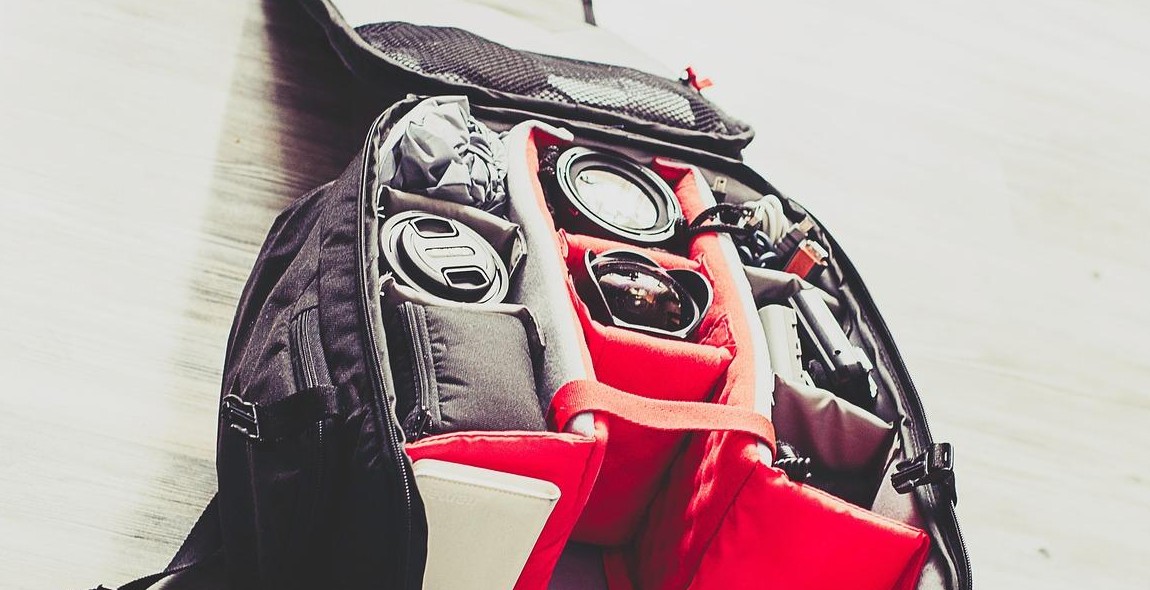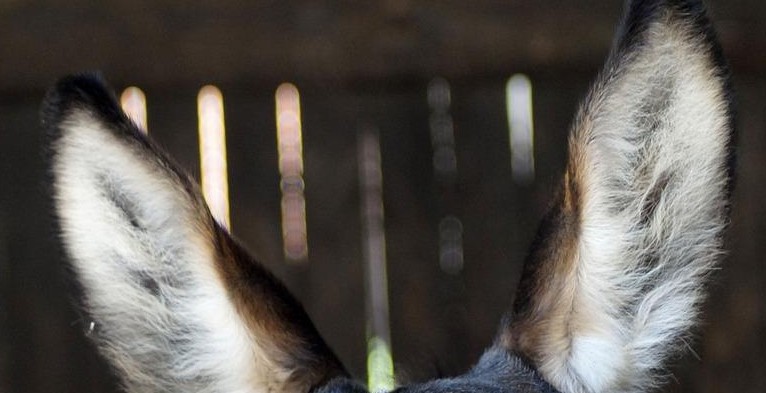How to Pack a Mule for a Backpacking Trip: Proper Gear Distribution and Weight Balance
Backpacking is one of the most rewarding outdoor activities, but it can also be physically demanding, especially when it comes to carrying all the necessary gear. This is where mules come in handy. These sturdy animals can carry a lot of weight, making it easier for backpackers to enjoy the great outdoors without being weighed down by heavy loads. However, packing a mule requires some knowledge and skill to ensure proper gear distribution and weight balance.
The Importance of Proper Gear Distribution
When packing a mule, it’s crucial to distribute the gear properly to ensure that the animal is comfortable and can carry the load without any issues. The weight should be evenly distributed on both sides of the mule to avoid any strain on one side, which can cause discomfort and even injury. Additionally, the weight should be distributed from front to back to prevent the load from shifting and throwing off the mule’s balance.
How to Achieve Weight Balance
Weight balance is another critical factor to consider when packing a mule. The load should be balanced in a way that the mule can carry it without tilting to one side. A good rule of thumb is to pack heavier items closer to the mule’s body and lighter items on the outer edges. This will help keep the center of gravity low and evenly distributed.
By following these tips, backpackers can pack a mule properly and ensure that the animal is comfortable and safe while carrying their gear. It’s always a good idea to consult with experienced mule packers or guides for additional guidance and advice before embarking on a backpacking trip with a pack animal.
Why Proper Gear Distribution and Weight Balance is Important
As a seasoned backpacker, I have learned the hard way the importance of proper gear distribution and weight balance when packing a mule for a backpacking trip. Not only does it help avoid injuries, but it also maximizes efficiency, allowing for a more enjoyable and successful trip. Here are some reasons why:
Avoiding Injury
Improper gear distribution and weight balance can cause serious injuries to both the mule and the backpacker. Overloading one side of the mule can cause it to trip, slip, or fall, resulting in injuries to the animal and damage to the gear. Similarly, carrying too much weight on your back or in a poorly balanced pack can cause back pain, shoulder strain, and other physical discomforts. These injuries can ruin a trip and even lead to long-term health problems.
Maximizing Efficiency
Proper gear distribution and weight balance can also maximize efficiency, making the backpacking trip more enjoyable and successful. When the weight is evenly distributed, the mule can move more easily and comfortably, allowing it to cover more ground in less time. Similarly, when the weight on your back is evenly balanced, you can move more easily and efficiently, reducing the risk of fatigue and increasing your overall endurance. This means you can cover more ground and see more sights, making the most of your backpacking trip.
Overall, proper gear distribution and weight balance are essential for a successful and enjoyable backpacking trip. By taking the time to pack your gear correctly and balance the weight, you can avoid injuries, maximize efficiency, and make the most of your adventure in the great outdoors.
Choosing the Right Pack Animal
When it comes to packing for a backpacking trip, choosing the right pack animal is essential. There are three main types of pack animals to consider: mules, horses, and donkeys. Each has its own unique characteristics and advantages that make them suitable for different types of trips and terrain.
Mules
Mules are a crossbreed between a male donkey and a female horse, resulting in an animal that is strong, surefooted, and intelligent. They are known for their endurance and ability to carry heavy loads over long distances. Mules are also less likely to spook than horses, making them a good choice for trips that involve rough terrain or narrow trails. Mules are a popular choice for packing because they are easy to handle and have a gentle disposition.
Horses
Horses are strong and fast, making them a good choice for trips that require speed or agility. They are also good for carrying lighter loads over shorter distances. Horses are more temperamental than mules and can be easily spooked, which can make them difficult to handle in certain situations. However, with proper training and handling, horses can be a reliable and enjoyable pack animal.
Donkeys
Donkeys are smaller and slower than mules and horses, but they are known for their hardiness and surefootedness. They are a good choice for trips that involve steep or rocky terrain, as they are less likely to slip or lose their footing. Donkeys are also known for their friendly and docile personalities, making them a good choice for families or inexperienced packers.
| Animal | Strengths | Weaknesses |
|---|---|---|
| Mule | Endurance, strength, surefootedness, easy to handle | Can be stubborn, slower than horses |
| Horse | Speed, agility, strength | Temperamental, easily spooked |
| Donkey | Hardiness, surefootedness, friendly personality | Smaller and slower than mules and horses, limited carrying capacity |
Ultimately, the choice of pack animal depends on the type of trip you are planning and your personal preferences. Consider the terrain, distance, and weight of your gear when choosing a pack animal. With proper training and handling, any of these animals can be a reliable and enjoyable companion on your backpacking trip.

Preparing Your Gear
Before you start packing your mule for a backpacking trip, it is important to choose the right gear. The right gear includes everything from your sleeping bag to your cooking utensils. Here are a few tips to help you choose the right gear for your trip:
Choosing the Right Gear
- Consider the climate and weather conditions of the area you will be backpacking in.
- Choose gear that is lightweight and durable.
- Invest in gear that is specifically designed for backpacking trips.
- Don’t forget the essentials such as a first aid kit, map, and compass.
- Make sure your gear is appropriate for the length of your trip.
Once you have chosen the right gear, it is important to organize it properly. This will help ensure that your mule is packed correctly and that the weight is distributed evenly. Here are a few tips to help you organize your gear:
Organizing Your Gear
- Make a list of all the gear you will need for your trip.
- Sort your gear into categories such as sleeping, cooking, and clothing.
- Use stuff sacks to keep your gear organized and compact.
- Place heavier items closer to the mule’s back and lighter items towards the front.
- Distribute the weight evenly on both sides of the mule.
- Use a waterproof cover to protect your gear from rain and other elements.
By choosing the right gear and organizing it properly, you can ensure that your mule is packed correctly for your backpacking trip. This will help you maintain proper weight balance and prevent any discomfort or injuries during your trip.

How to Pack Your Mule
Proper gear distribution and weight balance are crucial when packing your mule for a backpacking trip. Here’s how to pack your mule for the best experience:
Packing the Saddlebags
When packing the saddlebags, it’s important to keep in mind what items you will need throughout the day. These items should be packed in easily accessible locations. For example, snacks or a first aid kit should be packed in the top of the saddlebags. Heavier items, such as cooking equipment or a tent, should be packed in the bottom of the saddlebags to keep the mule’s center of gravity low and balanced.
Distributing Weight Evenly
It’s important to distribute weight evenly on both sides of the mule to avoid any imbalance. A good rule of thumb is to keep the weight on each side of the mule within 5-10 pounds of each other. This can be achieved by packing similar weight items on each side. For example, if you pack a heavy cooking pot on one side, make sure to pack a similar weight item on the other side.
Securing Your Gear
Before hitting the trail, make sure all gear is securely fastened to the mule. Loose items can shift during the trip, causing an imbalance and potentially injuring the mule. Use bungee cords or straps to secure items to the saddlebags and make sure they are tightly fastened. Additionally, it’s important to regularly check the gear throughout the trip to ensure it remains secure.
- Pack easily accessible items on top of saddlebags
- Heavier items on bottom for balanced center of gravity
- Distribute weight evenly on both sides of mule
- Secure gear with bungee cords or straps
- Regularly check gear throughout trip for security
By following these tips, you can ensure that your mule is packed properly for your backpacking trip and avoid any potential issues that could arise from improper packing.
Conclusion
Packing a mule for a backpacking trip can be a daunting task, but with proper gear distribution and weight balance, it can be made much easier. By following the tips outlined in this article, you can ensure that your mule is carrying the load efficiently and comfortably for both the animal and yourself.
Remember to always consider the weight and size of each item before packing, and make sure to distribute the load evenly to prevent any discomfort or injury to the mule. Keep in mind that the mule’s safety and well-being should always come first, and that the goal is to make the trip as enjoyable and stress-free as possible for both you and your animal companion.
Lastly, don’t forget to research the specific requirements and regulations of the trail or park you will be visiting, as some may have restrictions on the use of pack animals or specific packing guidelines. With proper planning and preparation, you can have a successful and memorable backpacking trip with your trusty mule by your side.
| Related Articles |
|---|
| 10 Essential Items for a Backpacking Trip |
| How to Choose the Right Backpack for Your Trip |
| Tips for Hiking with a Dog |
